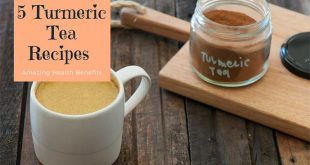The 10 Best Herbal Healers to Have on Hand
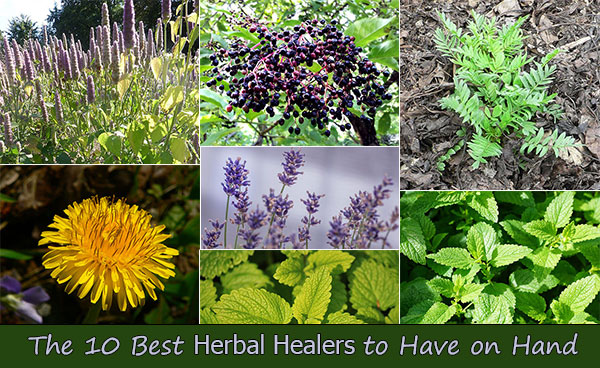
As summer slips away and autumn approaches, it brings with it a lot of changes for which we need to prepare. Cooler weather means it’s time to start putting away shorts and tank tops and digging out sweaters and jackets, and as biting bugs taper off for the season, it’s time to put away the insect repellent and bolster our medicine cabinets to prepare for the nastiest bugs of all… cold and flu bugs.
As a fan of herbal remedies, preparations for cold and flu season in my home start with stocking up on various natural treatments. If you’re new to herbal healing, there are a number of things that you’ll want to have on hand not only to deal with the challenges from changing seasons, but also a multitude of potential ailments you and your family may face. Following are ten alphabetically arranged herbal remedies worth having on hand for this and every season.
1. Anise Hyssop
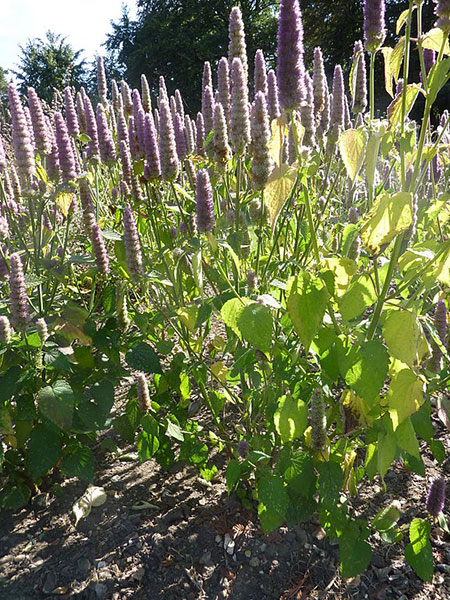
Used for ages by many Native American tribes, a leaf tea of anise hyssop relieves cold symptoms like coughing and congestion. As the herb also produces sweating, it is often used as a treatment for fevers, either in a bath or more traditionally a sweat lodge. Iroquois tribes made a wash of this herb to relieve itching from poison ivy or as a poultice for burns as well.To make a soothing and slightly tranquilizing tea of anise hyssop, simply steep 2 teaspoons of fresh or 1 teaspoon of the dried herb in a mug of hot water for 7-10 minutes. You can mix it with other tea flavors to improve taste if desired.
2. Calendula
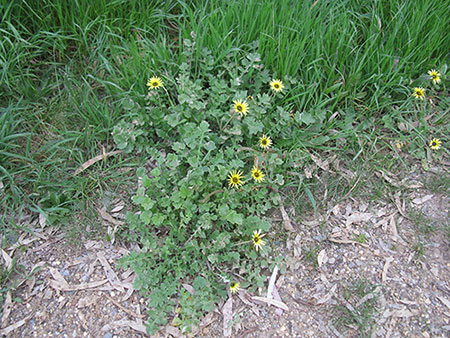
Calendula is great for topical skin healing with its powerful anti-inflammatory and antimicrobial properties. Dried petals are used in tinctures, ointments, and washes to treat burns, bruises, and cuts, as well as the minor infections that may be caused by such injuries. Calendula is also used to treat and prevent dermatitis and skin inflammation in breast cancer patients during radiation therapy and for diabetics with poorly healing wounds and leg ulcers.
In tea form, calendula’s healing properties are used to treat sore throats and stomach and duodenal ulcers.
3. Dandelion

Chock full of vitamins A, B, C, and D, as well as minerals like iron, potassium, and zinc, dandelions have a number of health benefits, whether used in foods or as medicine. Native Americans used boiled dandelion broth to treat liver and kidney problems as well as heartburn and upset stomach. Chinese medicine has used dandelion to treat stomach problems, appendicitis, and breast issues like inflammation of lack of milk flow. European uses for this weed include fevers, boils, eye problems, and diarrhea.
Infused with olive oil, dandelion flowers are a popular treatment for inflammation and arthritic joints. Dandelion roots are also commonly used to stimulate appetite and for liver and gallbladder issues.
4. Elderberry
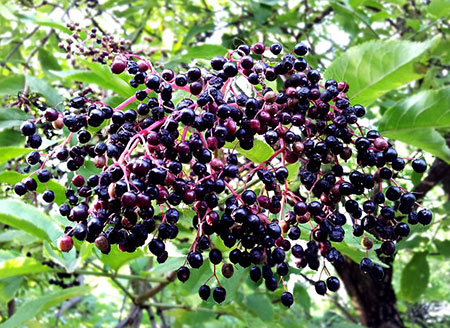
A powerful antioxidant, elderberry is used to lower cholesterol, improve vision, boost the immune system, and treat coughs, colds, flu, and other bacterial and viral infections. In fact, elderberry juice was the primary medicine used to treat a flu epidemic in Panama in 1995. Bioflavonoids and other proteins in elderberry juice inhibit the ability of cold and flu viruses to infect cells, and lessen symptom severity and speed recovery.
There are a number of recipes online that can help you utilize the powers of this berry, either in juice form or as a tasty and medicinal syrup. My mother used to make elderberry jam which was not only healthy, but also a favorite for us kids to combine with our peanut butter and bread!
5. Lavender

Aside from being a gentle and wonderfully scented herb, lavender in oil form is known for its anti-inflammatory, antifungal, antidepressant, antiseptic, antibacterial, and antimicrobial powers. Lavender essential oil is also used a lot in relaxation and aromatherapy for its sedative effects. The most popular uses for this healing herb oil are:
- Added to baths to relieve stress and aching muscles
- Massaged into skin as relief for muscle and joint pain as well as burns, acne, and minor wounds.
- With an oil burner, a few drops of lavender oil in hot water can produce a soothing and therapeutic steam to inhale.
- A drop of lavender oil in warm water makes a great soak for ailing hands and feet.
- Sprains and muscle pain are no match for a towel soaked in water and a few drops of lavender oil. Try chilling the combination for extra relief.

6. Lemon Balm
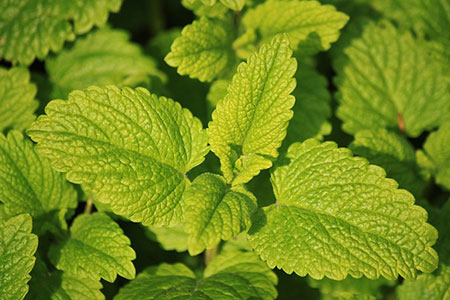
A member of the mint family, lemon balm has been used in tea form since the middle ages to reduce stress and anxiety, promote sleep, improve appetite, and ease gas and bloating from indigestion. Today, lemon balm is often combined with other soothing herbs like valerian and chamomile to promote relaxation. A recent study showed that when combined with valerian, 81% of patients reported sleeping much better than those given a placebo. In cream form, lemon balm is also used to treat cold sores and is therefore a popular additive to DIY lip balms.
7. Mint

As a tea, mint is a very popular herb to soothe stomach aches and indigestion. It can also prevent vomiting by promoting natural flow of bile (stomach acid). Mint tea also relieves fever by promoting sweating, cooling internal organs, and increasing urine flow. To make a simple mint tea, steep fresh leaves in a mug of hot water for ten minutes and drink. Mint is also used as a compress to relieve pain in muscles and inflamed joints. Mint flower tops when pressed directly onto the gum area around a painful tooth can also bring quick and effective relief. Mint is often added to hot baths to relieve nasal and chest congestion. Mint essential oil is also a common and effective treatment for bug bites, stings, and other itchy skin irritations. In massage, mint oil (diluted with a carrier) is a good treatment for tension headaches, fever, and menstrual cramps.
8. Plantain
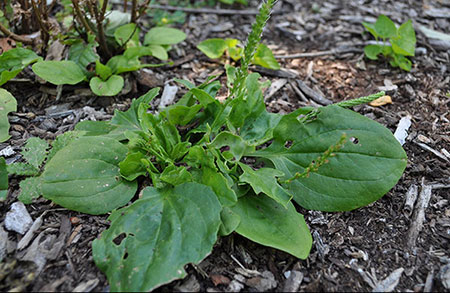
Like dandelions, plantain is a potent healing herb that is often considered a lawn weed. Similar to spinach only slightly more bitter, plantain leaves can be made into a tea that can help with indigestion, heartburn, and ulcers. Externally, simply rubbing plantain leaves on insect bites and burning nettles can bring fast and effective itch relief. The natural antibacterial and anti-inflammatory properties of these leaves make them great for promoting healing in minor wounds and skin problems. If you would like to read more about plantain then check out this article called Plantain: The Pharmacy in the Sidewalks
9. Sage

Traditionally used as a digestive herb on rich meat and fowl meals, there’s actually a myriad of reasons that American colonists incorporated this herb into their Thanksgiving and fall feasts. Considered a valuable healer of colds and fevers in harsh New England weather, sage was often combined with lemon and made into a tea to sip slowly and melt away sniffles and sore throats. For women specifically, sage is regarded for relieving the hot flashes of menopause and slowing heavy menstrual bleeding. Chinese medicine also uses red sage combined with dan-gui to regulate menstruation.
10. Valerian
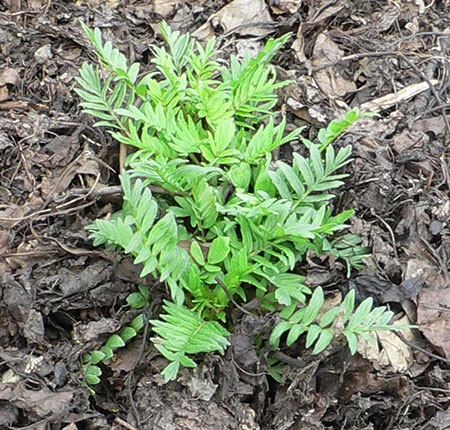 Most commonly used to treat insomnia and other sleep disorders, the valerian root is often combined in teas with hops, lemon balm, chamomile, or other herbs that tend to cause drowsiness. Valerian root is also used to treat conditions like anxiety and other psychological stresses including nervous asthma, hysteria, migraines, and upset stomach. Added to bath water, valerian root is said to ease restlessness and stress as well as muscle and joint pain. Some women also use valerian to ease menstrual cramping and symptoms of menopause such as hot flashes and anxiety.
Most commonly used to treat insomnia and other sleep disorders, the valerian root is often combined in teas with hops, lemon balm, chamomile, or other herbs that tend to cause drowsiness. Valerian root is also used to treat conditions like anxiety and other psychological stresses including nervous asthma, hysteria, migraines, and upset stomach. Added to bath water, valerian root is said to ease restlessness and stress as well as muscle and joint pain. Some women also use valerian to ease menstrual cramping and symptoms of menopause such as hot flashes and anxiety.
 Home and Gardening Ideas At home and Gardening ideas we believe inspiring readers about homesteading, self sufficiency
Home and Gardening Ideas At home and Gardening ideas we believe inspiring readers about homesteading, self sufficiency



